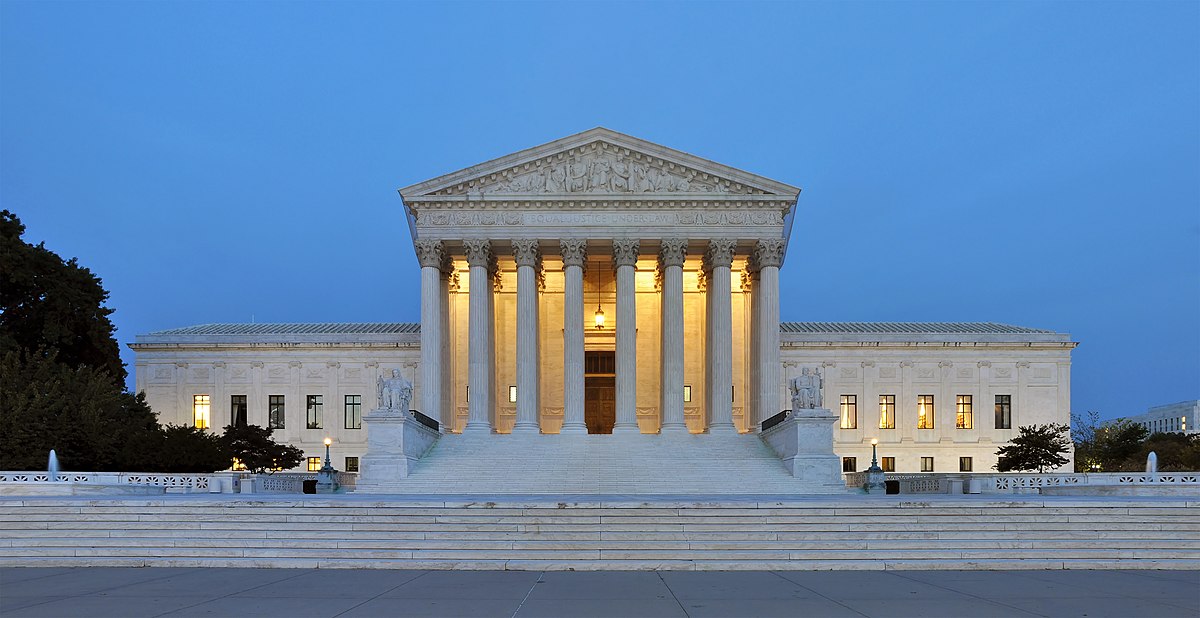Judiciary is an integral element of democratic governance. It is the guardian of the constitution and people’s fundamental rights. It protects the rule of the law by ensuring the maintenance of peace and liberty. Legislative, execution, and judiciary from the three pillars of a democratic government. While the legislative and executive make and implement the laws respectively, it is the judiciary that applies them in case of breach of law.
To provide impartial decisions, the judiciary must be independent and uninfluenced by legislative and executive counterparts. Hence, the judiciary is planned and structured to be the most powerful of the three democratic pillars. The impartial feature of the judiciary makes it accessible and trustworthy for the masses.
Especially in a democratic country such as India, the judiciary has a significant role to play in maintaining order. Being the largest, successful democracy in the world, the judiciary acts as a source of fearlessness and confidence. The judiciary provides psychological security of seeking justice and rightfully enjoying their civil rights. A democratic government without a judiciary is considered to be inconceivable because it can make the government authoritarian.
The Architecture of Judicial Buildings

The British architect David Adjaye says, “Buildings are deeply emotive structures which form our psyche.” Such intertwined relationships of space and psychology have surfaced time and again while reinterpreting building design in the contemporary world. Being the most powerful democratic leg, the judiciary stands for power, security, magnanimity, dominance, and discipline. The architecture of judicial buildings represents, specifically courthouses, these values in the form of design principles and elements.
The courtroom, bar council, library, canteen, judge’s chamber, administration, guarded entry and exit points, and many more activities are accommodated in a courthouse. A courthouse campus sees heavy traffic throughout the day and therefore the zoning of spaces needs to be done strategically to avoid the intersection of public and private spaces. Achieving the right balance of open to built ratio while building such complex structures is important for humanising the building design. High ceilings, long corridors, generously spaced rooms, a well-planned hierarchy of spaces, and attention to detail are widely used design elements used in judicial architecture.

While powerful design elements are necessary to establish the judiciary’s supremacy, they can appear to be overwhelming. The dominant architecture of courthouses poses a stressful environment for justice seekers. Likewise, functional overlapping is a pressing concern for the people who occupy judicial buildings as their workspace. In spite of righteous planning and zoning, the possibility of feeling chaos, confusion, and isolation in courthouses is high. Since judicial buildings are meant to convey security and fearlessness, conversing with the wrong emotions can weaken the accessibility of the judiciary.
State of Judicial Buildings in India
Most courthouses in India were designed by the British during the 20th century, from whom we also inherited the judicial hierarchy. The Supreme Court, High Court, and District Courts are the administrative divisions of the Indian judiciary. The Supreme Court located in Delhi is the second-highest seat of judicial power in India, preceded by the President. The High Courts are the highest level of judicial authority in the states, followed by the District Courts.

The courthouses in India were designed for the requirements of their time and age. Hence, there is a need to redesign them according to contemporary needs. The overcrowding of corridors, piling stack of files, lack of space in bar councils, less number of courtrooms, and inefficient infrastructure are some alarming issues of Indian courthouse buildings.
In this context, N V Ramana- the Chief Justice of India (CJI) has recently raised his concern about the insufficient judicial infrastructure in India. He submitted a proposal to the government for the formulation of National Judicial Infrastructure Authority of India (NJIAI). The proposal is extended with the intention to suffice the infrastructure requirements of courts in India. This includes the construction of buildings, and provision for power, water, computer, and sanitation.
Contemporary Judicial Building Design

The United States Courthouse at Salt Lake City, Utah is a good example of a contemporary courthouse. This building designed by Thomas Phifer and Partners along with Naylor Wentworth Lund Architects has been awarded by the American Institute of Architects (AIA). The courthouse is designed in a cubic form and cladded with aluminium. The entrance of the courthouse is located on the southwest corner to be approachable for the pedestrian traffic as a way of responding to the urban context. The contextual design of the building is depicted in the fluted aluminium cladding, which resembles the classical column of a nearby historic courthouse. The courthouse has an interesting massing and void play by using landscape in the form of a secure terrace garden.

Another excellent example of contemporary courthouse design is Frederiksberg Courthouse, Denmark. Designed by 3XN Architects, the courthouse is designed with the central idea of sustainability. The building is planned with a top-lit atrium that promotes natural ventilation and sunlight. It is effectively designed to foster the circulation of workers and visitors. This new courthouse is designed adjacent to the old one, which was influential in shaping the new design. The new courthouse building takes a dramatic 45 degrees inclination, which is symbolic of the architectural homage towards the old courthouse building. The new courthouse is constructed in brick, which is also the building material of its surrounding buildings, making the design contextual and homogeneous.

Closer to home, the new High Court of Delhi is designed with such contemporary ideas. The planning of the new High Court began in 2013 and was completed in 2017. A new building was designed with the intent of increasing the court’s capacity. Planned to be on par with the future, the New Delhi High Court accommodates E-Courts, an intelligent Building Management Systems, state-of-the-art fire detection and security control room. The new high court was envisioned as a combination of redevelopment and new constructions. Green building design principles are adopted in the form of passive design techniques. The outer envelope of the building spanning like a mushroom is shared on all sides of the building.
Modern courthouses are designed to suit contextual needs. It is resonating with the masses by being dominant yet empathetic. Since judicial buildings span across large areas, sustainability becomes a prime factor to be considered in design. Planning in accordance with the site surroundings, understanding the people’s psyche and adapting to the future needs are key areas that can help in redefining modern judicial architecture.
Sources:
- Judiciary: Functions, Importance and an Essential Quality of Judiciary
- Need for a National Judicial Infrastructure Authority of India
- The Architecture of Justice: 6 Supreme Courthouses
- The New Courts Complex- Delhi High Court
Disclaimer: The information contained herein have been compiled or arrived at, based upon information obtained in good faith from sources believed to be reliable. The opinions expressed within the content are solely the author’s and can be subject to change. The image featured in this article is only for illustration purposes. If you wish the article to be removed or edited, please send an email to editor@biltrax.com
Discover more from Biltrax Media, A Biltrax Group venture
Subscribe to get the latest posts sent to your email.






















